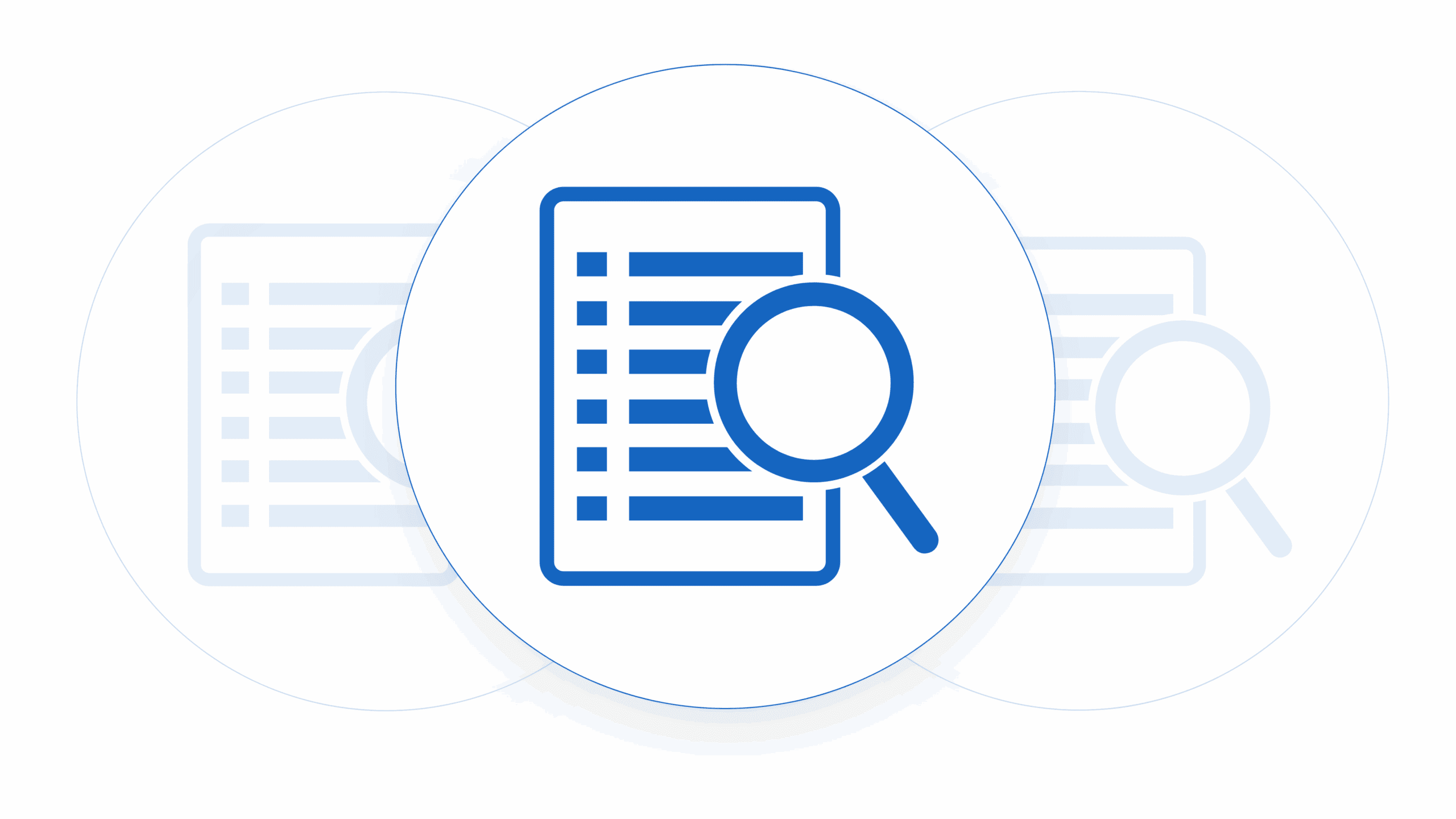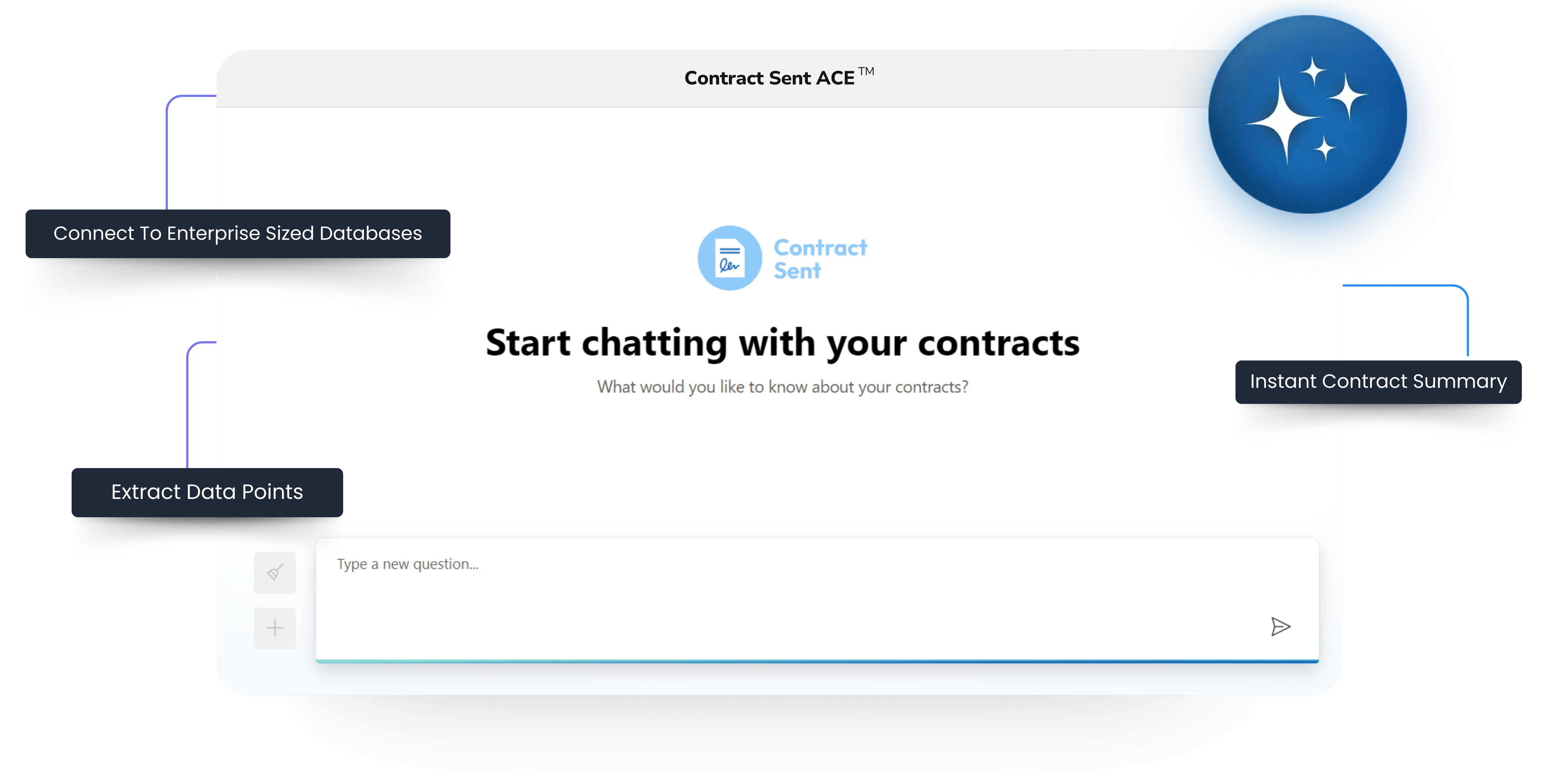Contract management is an essential part of scaling up your SaaS company. The power of SaaS companies from your product to your marketing and sales is the ability to create a process that can be replicated for everything, legal contracts are no different. The process has its complexities and there are a lot of contract management mistakes that can be made just like every other function.
Contract management involves the creation, negotiation, execution, and administration of contracts. As you grow it’s easy to get caught in the common contract management mistakes that SaaS startups make. Effective contract management and administration can help businesses mitigate risks, improve operational efficiency, build stronger business relationships, and get set up for the due diligence process of getting funding. However, there are many common mistakes that businesses can make in contract management that can lead to costly legal disputes, failures around renewals, and extreme inefficiencies for your sales and customer experience teams. Let’s discuss some of the most common mistakes in contract management and how businesses can avoid them early on so they don’t become systemic later down the road.
-
Contract 101 – Failing to read the contract: Yes, sounds simple right? However, there are a lot of SaaS companies that will take an off-the-shelf SaaS template contract, implement it with customers, and fail to read the contract thoroughly before signing it. You should know your contracts inside out, at least your standard base MSA and SOW. Contracts can be complex documents that contain legal jargon and technical legal terms that may not be familiar to all parties involved. Failing to read the contract can lead to misunderstandings about the terms and obligations, which can lead to disputes later on. To avoid this mistake, it is important to read the contract thoroughly and seek legal advice if necessary, especially if you’re using a legal template.
-
Not defining clear roles and responsibilities for management: Another common mistake in contract management is not defining clear roles and responsibilities for all of the parts of your company that are handling contracts. Contracts are ultimately your source of truth when it comes to what you’ve agreed to with customers. It would be hoped that your CRM will correctly reflect what is in a contract when a deal is closed won but this is often wishful thinking. Defining whose responsibility it is to first complete the data in contracts correctly, such as DPA information down to who is responsible for making sure that contract variations are tracked is very important in reducing inefficiencies between teams. Just handing a pile of signed contracts to your finance team to invoice will mean that their time is spent pulling important billing terms and start and end dates out of PDFs. A waste of time. Contract Sent manages this with user types, namely Sales, Legal, and Commercial Decision Maker.
-
Not managing contract expiration dates: Contracts have expiration dates, and failing to manage them can lead to missed opportunities, late renewals or customers churned who could have been saved if an intervention had occurred three or four months before renewal. It is important to keep track of contract expiration dates and renew or terminate contracts as necessary. To avoid this mistake, it is important to implement a contract management system that tracks contract expiration dates and sends reminders to relevant parties. You should look to track the dates in MSAs as well as SOWs or Work Orders.
-
Failing to review termination clauses: Another common mistake in contract management is failing to review termination clauses in contracts. Termination clauses outline the conditions under which a contract can be terminated, and understanding this can be useful in situations where a customer is looking to terminate. Common things to track are whether or not a customer has a termination for convenience clause or a break clause and what happens in the event of either of those being triggered. Does the customer get a full refund, a prorated refund, or no refund at all? Failure to track termination clauses can leave businesses scrambling when a customer isn’t using their platform as much as they should and start looking at options to cut the budget.
-
Not monitoring usage related to the contract: Once a contract has been executed, it is important to monitor the customer’s usage of your product. This is particularly important when a customer has volume pricing or triggers for price increases in their contract. Failure to monitor usage based on the contract’s terms can lead to missed opportunities for expansion or upsells. To avoid this mistake, it is important to establish a product usage monitoring system that tracks usage against contracted usage. This will also help you monitor the health of your customers.
-
Failing to address disputes promptly: Disputes can arise in any contract, and failing to address them promptly can lead to costly legal disputes. One especially true area is for SLAs in a contract as there are generally standard response and resolution times that are pegged to financial penalties. It is important to establish a dispute resolution process in the contract and to address disputes promptly when they arise. To avoid this mistake, it is important to establish clear dispute resolution procedures and to communicate them effectively to all of your customers. This should be an important role owned by someone in your product or engineering team.
-
Not maintaining accurate records: Accurate contract tracking is essential in contract management. Failure to maintain accurate records can lead to misunderstandings or disputes later on. It is important to maintain a record of all communications, changes, and obligations related to the contract. To avoid this mistake, it is important to implement a contract management system that tracks all relevant information.
Contract Data Management – What to Track
As you’re scaling your company data management starts to become extremely important. Deciding what is prudent to track and getting that data into a useful format for your finance team to process for invoicing and your tracking of contract variations is one of the best things you can do to reduce workload further in your scaling efforts. Data trapped in PDFs may not seem like a problem for ten customers but at two hundred it will start to cause serious issues. Here’s a quick guide on what to track.
-
Subscription Terms and Fees
The subscription terms and fees clause defines the terms of the subscription, including the length of the subscription, the frequency of payments, and the fees associated with the subscription. SaaS companies need to track this clause to ensure that customers are paying the correct fees and to avoid any misunderstandings or disputes over subscription terms. Start and end dates can be leveraged by your renewals team to stay on top of these while tracking things like the frequency of payments helps your team get invoicing done on time.
Look to store your subscription terms in date formulas that will allow you to do date calculations with them. Having a notification or a dashboard for upcoming renewals before they are due can help you manage your customer base much more effectively.
-
Service Level Agreement (SLA)
A Service Level Agreement (SLA) is a contract between a SaaS company and its customers that defines the level of service that will be provided. This clause defines the availability of the service, the response time to customer requests, and the uptime of the service. You should look to standardize this for most contracts but there are often enterprise customers that will ask for or expect variations. You should track this variation to this clause to ensure that they are meeting the SLA and to address any issues that may arise.
-
Intellectual Property Rights
The Intellectual Property (IP) rights clause defines the ownership of any intellectual property created during the relationship between the SaaS company and the customer. This includes any software, data, or content created during the subscription period. SaaS companies should track this clause to ensure that they retain ownership of their IP and to prevent customers from misusing or misappropriating their IP. This, again, should be fairly standard but there are variations and related causes around this that are very useful to track. One is whether or not you can use the customer’s logo in your marketing. Case studies can be a superpower for your marketing messaging so keeping track of this is important.
-
Pricing for recurring and non-recurring parts of SaaS contracts
When selling to enterprises a lot of SaaS companies will have both recurring software services and non-recurring or semi-recurring services that they provide. Because enterprise pricing is often variable at the early stage of selling (you’re not sure what the market will pay, so you try your luck with everything) tracking this and separating the pricing of different products will help inform your pricing strategy going forwards. You’ll be able to do some simple analysis on what companies are willing to pay on your closed won deals to test price sensitivity.
-
Data Privacy and Security
The data privacy and security clause defines how the customer data will be handled by the SaaS company. This includes the storage, processing, and transmission of customer data as well as the jurisdiction that governs that data. SaaS companies should track this contract clause to ensure that they are complying with data privacy and security laws and regulations, and to prevent any breaches of customer data.
Possibly the most contested clause in any SaaS contract and a very important one to track. The liability and indemnification clause defines the level of liability of both parties in the event of a breach of contract or other issues. This clause also defines the indemnification of one party by the other in the event of a claim or lawsuit. SaaS companies should track this clause to ensure that they are not taking on unnecessary liability and to protect their business interests. Keep in mind that every time you agree to a level of liability it adds to your aggregate level of liability.
-
Termination clauses in SaaS contracts
The termination clause defines the terms under which the contract can be terminated by either party. This includes the notice period required for termination, the reasons for termination, and the consequences of termination. SaaS companies should track this clause to ensure that they are not caught off guard by a termination notice and to prevent any misunderstandings or disputes over termination.
Effective contract management is essential for businesses to mitigate risks, improve operational efficiency, and build stronger business relationships. By avoiding these common mistakes in contract management, businesses can ensure that contracts are executed effectively and that obligations are met. One of the key ways to avoid the contract management mistakes that SaaS startups make is to track the important contract clauses in their customer contracts to manage their business relationships effectively. By tracking these clauses, SaaS companies can ensure that they are meeting their obligations as well as effectively structuring data to cut down on the manual workloads of the finance and renewal teams when it comes to getting money in the door and stopping customers from churning or renewing late.
If you’re looking for a way to get your contract data into shape Contract Sent does this for you. Check out our Deal Desk Service. It will get your data in the right place to build strong data structures for contract data management.












